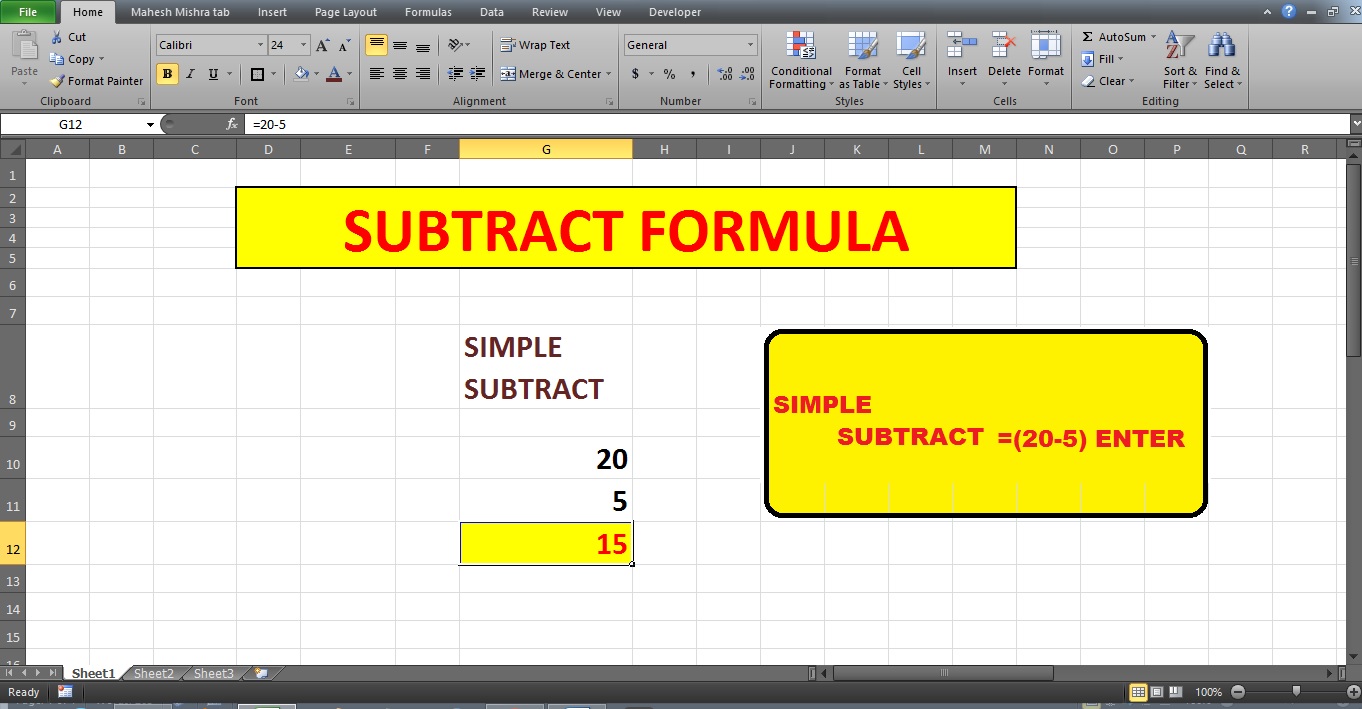

The formula first multiplies 2 by 3, and then adds 5 to the result.īy contrast, if you use parentheses to change the syntax, Excel adds 5 and 2 together and then multiplies the result by 3 to produce 21. For example, the following formula results in the value of 11, because Excel calculates multiplication before addition. To change the order of evaluation, enclose in parentheses the part of the formula to be calculated first.

In some cases, the order in which calculation is performed can affect the return value of the formula, so it's important to understand the order- and how you can change the order to obtain the results you expect to see.

Reference operator, which is used to indicate implicit intersection in a order in which Excel performs operations in formulas Spilled range operator, which is used to reference an entire range in a dynamic array (at) In most cases, you can widen the column until the contents display properly. Used to indicate insufficient space to render. The # symbol is used in several contexts: Intersection operator, which produces a reference to cells common to the two references. Union operator, which combines multiple references into one reference. Range operator, which produces one reference to all the cells between two references, including the two references. Another example is SUM(A1, A3, A5) which adds the numbers that are contained in cells A1, A3, and A5 (A1, A3, and A5 are arguments).Combine ranges of cells for calculations with these operators. For example, SUM(A1:A5) adds all the numbers in the range of cells A1 through A5. Each argument can be a range, a cell reference, an array, a constant, a formula, or the result from another function. The SUM function adds all the numbers that you specify as arguments. To switch between viewing the results and viewing the formulas, press CTRL+` (grave accent) on your keyboard.Or, click the Show Formulas button (on the Formulas tab). In the worksheet, select cell A1, and then press CTRL+V. Subtracts 9000 from 15000 (which equals 6000)Īdds all number in the list, including negative numbers (net result is 16000) Select all of the rows in the table below, then press CTRL-C on your keyboard. Exampleįollow these steps to subtract numbers in different ways: Use the SUM function and convert any numbers that you want to subtract to their negative values. Note: There is no SUBTRACT function in Excel.


 0 kommentar(er)
0 kommentar(er)
